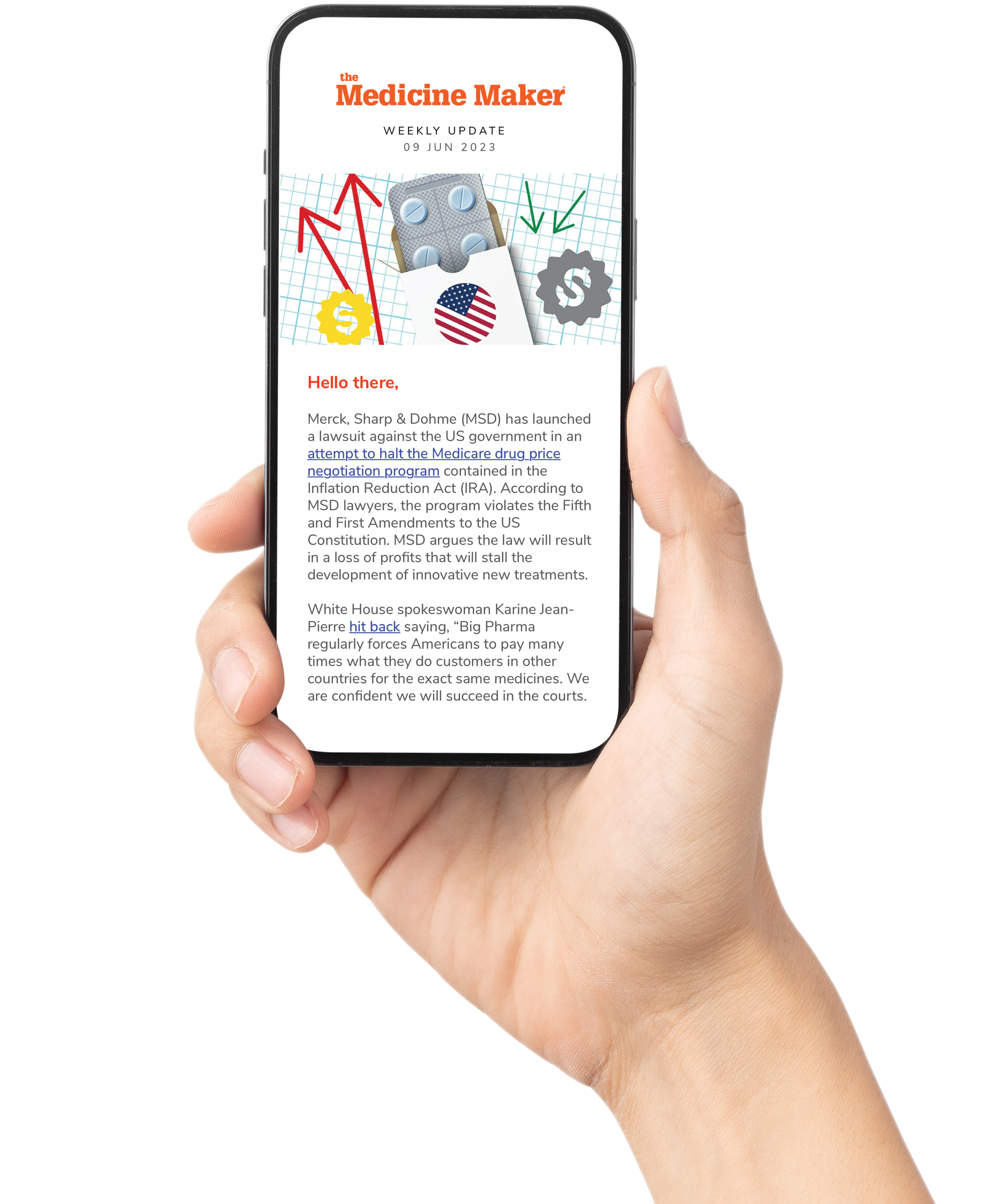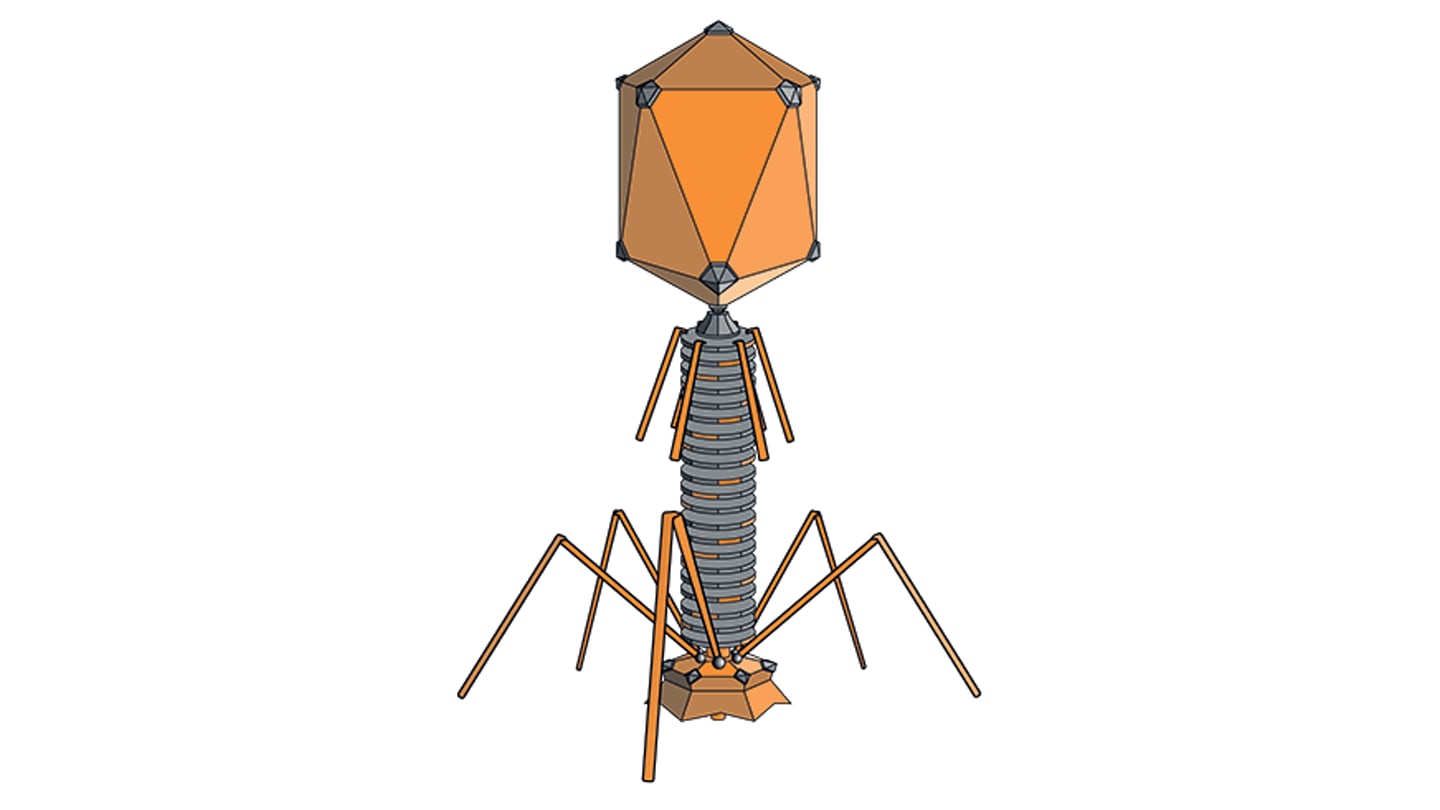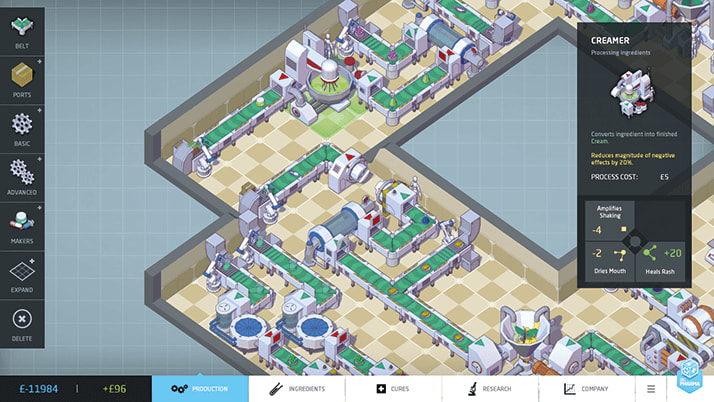
Life sciences companies face mounting pressure to conduct non-interventional research more efficiently. Traditional methods, including site-based prospective studies or retrospective chart reviews, fail to answer many research questions effectively, and often span years, involve multiple healthcare providers, and require sustained patient engagement and comprehensive data collection.
The result is fragmented data, lost patients, and incomplete insights that challenge a study’s ability to generate the rigorous evidence needed. Recent data from the 2025 Annual State of Observational Research Report reveals an industry at a turning point. With 64 percent of life sciences leaders identifying incomplete data as their most significant challenge, the limitations of traditional site-based methods have become impossible to ignore.
Between need and execution
The majority of life sciences leaders still rely on clinical research organizations and traditional site-based approaches. This reliance persists even as many experience difficulty in various aspects of study execution, including 61 percent that struggle with patient retention and engagement. The pandemic proved that research could continue effectively in remote settings, which perhaps explains why 78 percent of leaders are now more open to virtual non-interventional study models, according to the report.
The disconnect becomes clear when examining what researchers actually value: 57 percent rank “ability to access hard-to-find data” as their most desired capability, while 51 percent want real-time visibility into study progress.
Capturing the full patient journey in traditional study approaches is challenging. Patients typically receive care across multiple facilities, and when data retrieval is limited to a single site or network, researchers miss critical data points. Even with active investigator-patient engagement, gaps emerge between what patients remember during scheduled visits and what actually occurred.
Additionally, site-based approaches often exclude unstructured data, such as physician notes, in their retrievals. AI-powered platforms could help solve this challenge by collecting and unifying structured and unstructured patient records from all places patients receive care. Once retrieved, AI abstracts all relevant data for human verification and continues to collect new data as it becomes available over time.
Rather than relying on limited prospective touchpoints, new data can be collected from everywhere and integrated with retrospective data, enabling researchers to ask targeted questions and discover insights traditional methods might miss entirely. This approach replaces these limited approaches with automated data collection that provides researchers with a complete, 360-degree understanding of each patient's journey.
Sustained engagement
Long-term non-interventional studies depend on maintaining patient connections, but traditional site-based approaches put a heavy burden on patients by requiring site visits. Participants may move, change providers, or simply disengage when required to travel long distances or take time away from work for surveys and visits. The result is a loss of follow-up that can compromise study outcomes. Patient retention continues to be one of the most significant challenges in non-interventional research.
Tech-enabled models meet patients where they are. Remote engagement tools, mobile-based data collection, and the option for integrated patient-reported outcomes collection eliminate travel burdens while maintaining scientific rigor. This approach simplifies research participation and improves study representativeness. Patients can contribute on their own time, from anywhere. Enhanced patient engagement through streamlined processes improves data quality and study efficiency while reducing burden on both participants and research sites.
The shift toward virtual, AI-powered non-interventional research has begun, but realizing its full potential requires platforms designed with researchers' real challenges in mind. By addressing fragmented data, patient disengagement, and operational limitations, virtual approaches can become the industry standard to create an environment where research becomes deeply embedded into real-world care.
With passive data collection, comprehensive medical record integration, and direct patient engagement, virtual-first approaches enable research that is more efficient, effective, and patient-centric. As AI continues advancing, these platforms will increasingly automate time-consuming tasks while keeping critical decisions and regulatory validation in the hands of experienced researchers.
Moving ahead, AI will play a critical role in helping researchers get complete answers to research questions faster and more efficiently, and get closer to the real-world patient experience. With more leaders open to virtual models, the industry is ready to transform how non-interventional research gets done.




